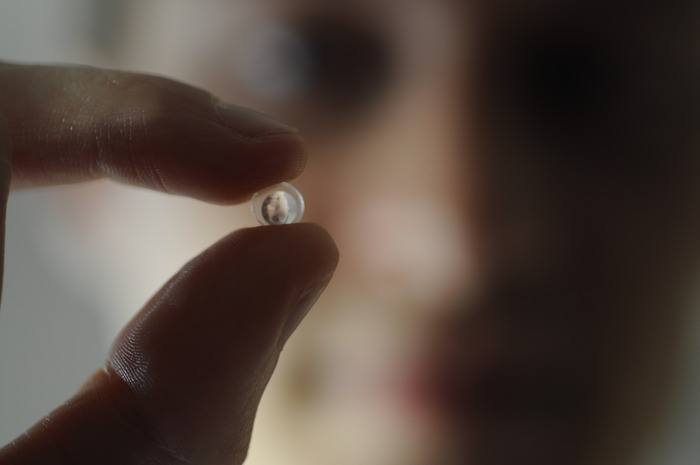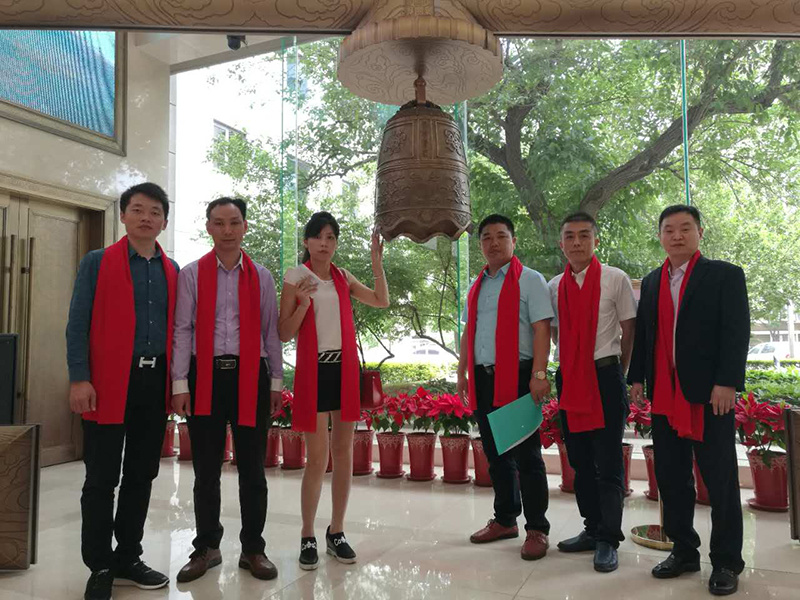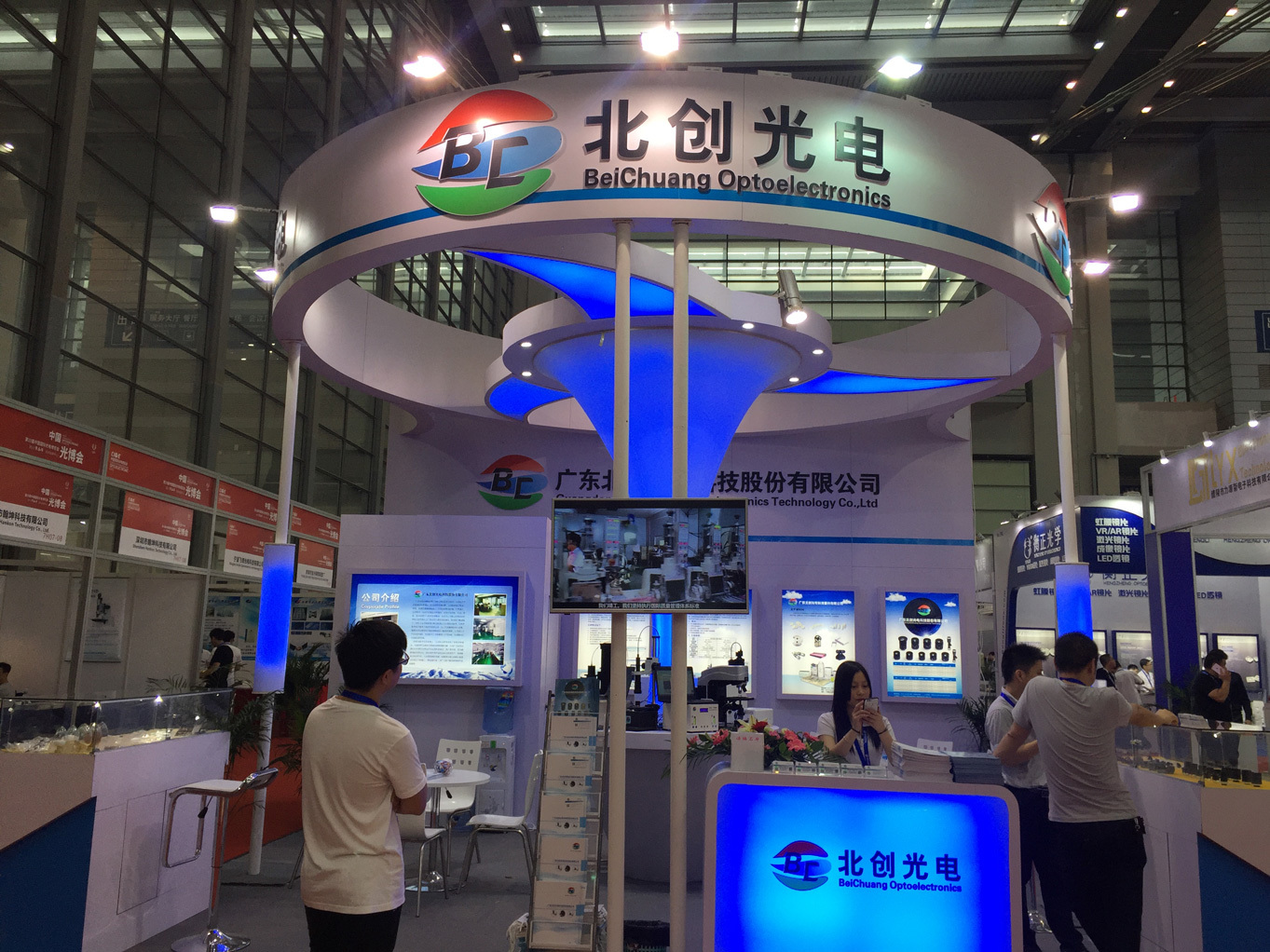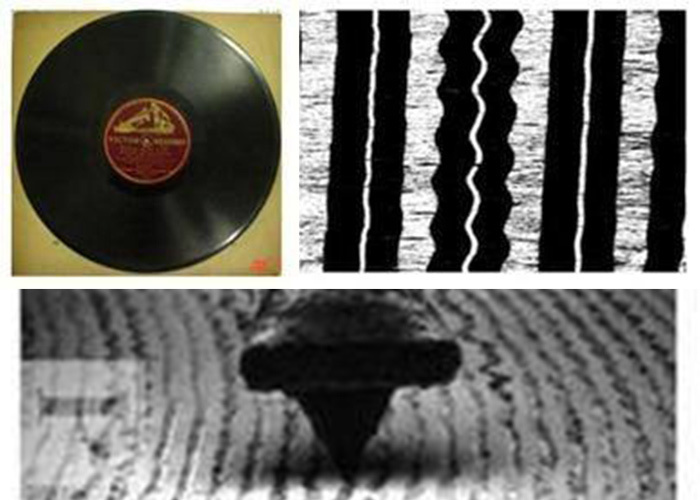News Center
NEWS
Soft lens turns smartphone into microscope
2017-09-04

OFweek Laser Network News: Researchers at the University of Houston in the United States have recently developed a new type of optical lens that can be directly attached to a smart phone to magnify the image by 120 times, with a resolution of 1 micron, and the cost is only 3 cents. The paper was published in the journal Biomedical Optics.
Shi Weichuan (transliteration), an associate professor of electrical and computer engineering at the University of Houston, said that this lens can work like a microscope, is low in cost and easy to use, so it is very suitable for use in the classroom of elementary and middle school students. It can also be used clinically, allowing small, remote clinics to share images with specialists elsewhere.
According to the Daily Science Network, the lens is made of polydimethylsiloxane (PDMS). PDMS is a material with a concentration like honey that adheres precisely to a preheated surface and gradually solidifies. Song Yulong, the first author of the paper and a doctoral student, said that the curvature of the lens, that is, the magnification, depends on the heating time and heating temperature of PDMS. The resulting lenses are flexible and flexible, like soft contact lenses, but they are thicker and slightly smaller. This lens can be simply attached to the camera of a smart phone, which can turn the camera into a microscope. After optical magnification of 120 times, the image resolution can reach 1 micron. And since the PDMS and glass don't stick together permanently, the lens can be easily removed after use.
Traditional lenses are made by mechanical polishing or injection molding, and the material is usually glass or plastic. Although there are liquid lenses, they cannot be solidified and must be kept stable in a special container. Song Yulong said that other liquid lenses need additional equipment to be attached to smart phones. This kind of lens can be directly attached without falling off and can be reused. For research, to take slides of human skin follicle tissue, you can use a smartphone-PDMS system or an Olympus IX-70 microscope. At 120 times magnification, the smartphone lens is comparable to the Olympus 100 times microscope, and the digital magnification supported by software can be further improved.
The researchers estimate that the total cost of building such a lens could be 3 cents. In contrast, traditional scientific microscopes cost tens of thousands of dollars. Therefore, this kind of lens is very suitable for primary and secondary school students to use, they are a cheap and convenient means of field or indoor research. They can easily share photos via email or document by simply attaching the lens to their smartphone, and because this lens is very cheap, it is not a big deal if it is lost or broken.
Keyword:
More News

Let Optics Enter Life

Copyright©2024 Guangdong Beichuang Optoelectronic Technology Co., Ltd. All Rights Reserved
Powered By: 300.cn Business License SEO
COOKIES
Our website uses cookies and similar technologies to personalize the advertising shown to you and to help you get the best experience on our website. For more information, see our Privacy & Cookie Policy
COOKIES
Our website uses cookies and similar technologies to personalize the advertising shown to you and to help you get the best experience on our website. For more information, see our Privacy & Cookie Policy
These cookies are necessary for basic functions such as payment. Standard cookies cannot be turned off and do not store any of your information.
These cookies collect information, such as how many people are using our site or which pages are popular, to help us improve the customer experience. Turning these cookies off will mean we can't collect information to improve your experience.
These cookies enable the website to provide enhanced functionality and personalization. They may be set by us or by third-party providers whose services we have added to our pages. If you do not allow these cookies, some or all of these services may not function properly.
These cookies help us understand what you are interested in so that we can show you relevant advertising on other websites. Turning these cookies off will mean we are unable to show you any personalized advertising.
SAF Coolest v1.3.1.2 设置面板 GAGSD-ZGYF-JEXAE-AQV
无数据提示
Sorry, the current part is being updated, please pay attention!
You can view other columns or return toHome Page






